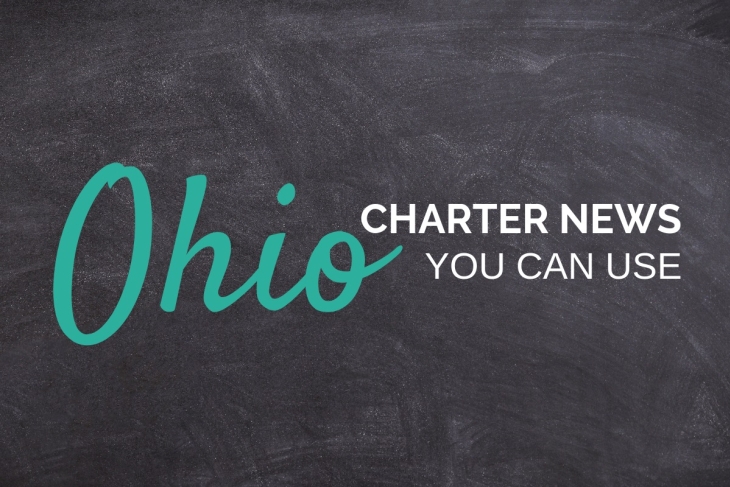For many educators, we are in the process of navigating one of the biggest challenges anyone has ever asked of us.
As a country, teachers, schools and districts are experimenting with how to keep students learning while they are forced to be at home during the COVID-19 public health crisis.
At Uncommon Schools, we created a remote-learning platform that we believe will keep K–8 students learning until we are able to get back into classrooms. And we have made it free and open to the public.
Click here to read the rest of this article at The 74 Million.











